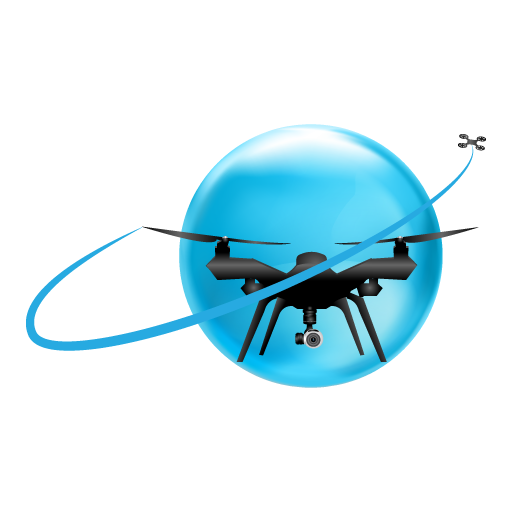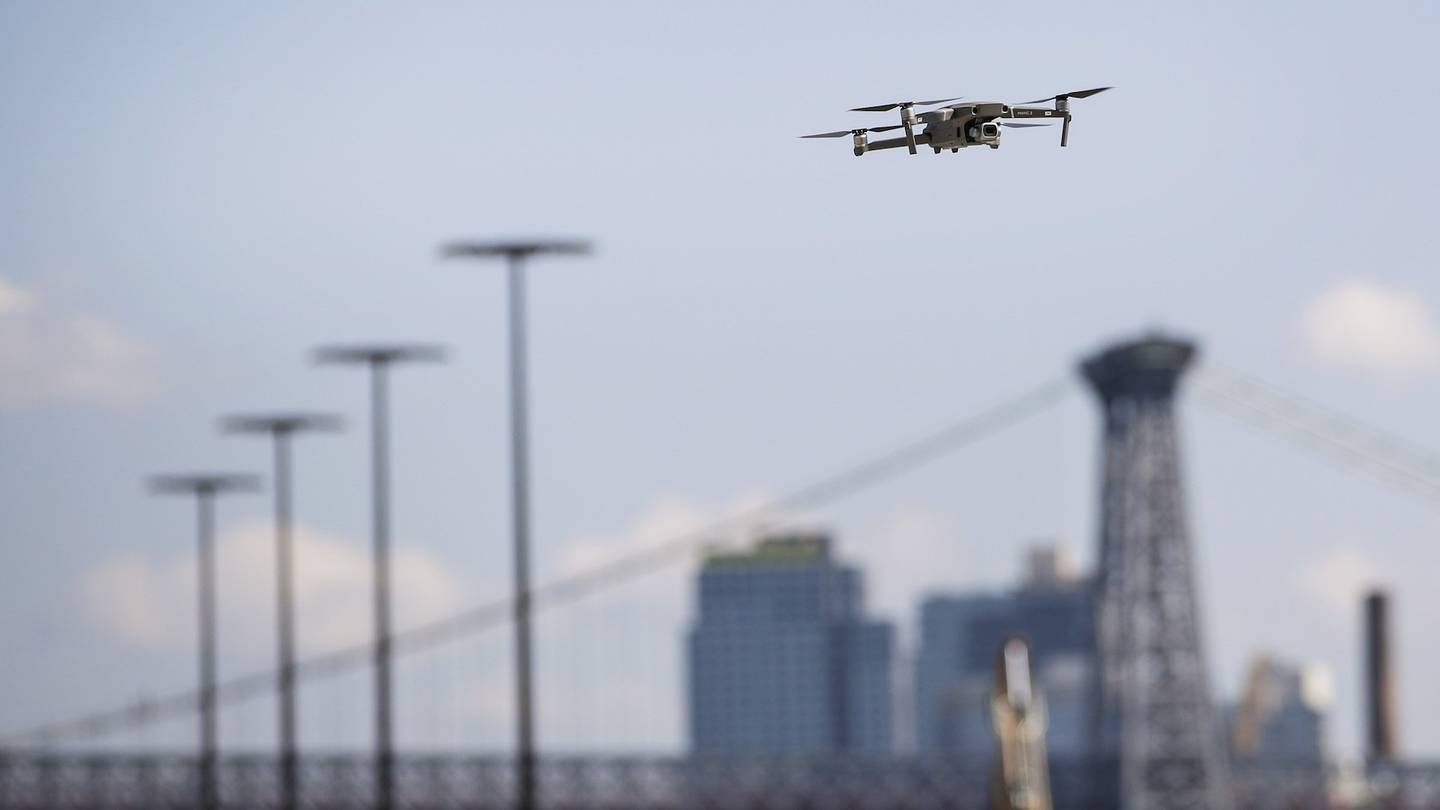There are some applications of UAS including goods and services delivery in urban, hard terrain, rural areas, imaging, and surveillance for agricultural, and much other utility management.
Why We Need The Unmanned Systems Traffic Management?
To enable significant business use of UASs within lower altitude airspace (under 400 feet) and airspace that does not interfere with routine National Airspace System (NAS) operations, a UTM system is necessary. UTM is imperative to enable accelerated programs of UASs. UTM will accommodate and encourage all types of UAS operations which range from disposable with glossy avionics capabilities to highly capable UASs.
What Is Unmanned Systems Traffic Management
NASA has developed an extensive traffic management system for manned and Unmanned Aerial Systems (UASs) to keep efficient and safe UAS operations. This novel technology enables the expansion in civilian uses of UAS operations at lower altitudes by developing a UAS Traffic Management (UTM) system.
UTM Benefits
- UTM support Densely geo-fenced Place on a Constant basis
- Economic Way of delivery Instead of road transport Because of smaller Dimensions, quantity, and Quantity Compared to trucks
- Very useful where road conditions are unsuitable for road transport
- UTM can be a Mobile as-needed system or Constant real-time operation
- Support micro, small, and medium-size UAS
- Reliably provide communication, navigation, and surveillance under 10,000 ft.
- Safest airspace operations by procedures and airspace design that Maintain
- small UAS separated from other UAS and general aviation
- Supply congestion management, Path planning and rerouting, conflict avoidance, collision avoidance, terrain avoidance, obstacle avoidance, severe weather, and End avoidance Solutions as needed based on Demands of UASs operation and Capacity
- Support departure from and arrival into any Place that is deemed safe
- Support operations at Distant regions, and Metropolitan Regions

Unmanned Systems Traffic Management Technology
It provides minimum requirements on UASs to function at the lower altitudes as relates to communication, sensors, navigation, collision avoidance, and classification of UAS based on their performance characteristics concerning weight, wake, ability to function with certain kinds of weather and wind.
The UTM functions will include support for the strategic in addition to tactical operations. These functions include airspace design where altitudes are assigned based on the direction of flight, and geo-fencing design and updates based on the need to avoid sensitive areas (e.g., noise sensitive areas or high-value assets).
It will provide surveillance of vehicles; weather and wind prediction, and integration with a route and flow direction; congestion management, and constraint and barrier management (e.g., terrain, tall natural and human-made structures). Other functions include need and capacity imbalance management for crossing points, arrival and departure phases; separation assurance, collision avoidance, and recovery, and emergency landing site selection and landing if needed.
UTM Best Applications
- Tracking Disaster management
- Law enforcement
- Telecommunication
- Weather Tracking Aerial imaging and mapping
- Freight Transportation Delivery of goods and services, Including medical service delivery
- Oil and Gas Mining
- Wildfire mapping
- Agriculture Tracking Aerial imaging and mapping
- Video news coverage, sporting events, Filmmaking
Unmanned Systems Traffic Management Vision
UTM is the way airspace will be managed to enable multiple drone operations conducted beyond visual line-of-sight (BVLOS), where air traffic services aren’t provided.
With UTM, there’ll be a cooperative interaction between drone operators and the FAA to determine and communicate real-time airspace status. The FAA provides real-time limitations to the UAS operators, that are responsible for managing their operations safely within those constraints without getting real air traffic control services in the FAA.
The principal way of communication and coordination between the FAA, drone operators, and other stakeholders is via a distributed network of highly automated systems through application programming interfaces (API), rather than between pilots and air traffic controllers through voice.
Contents

